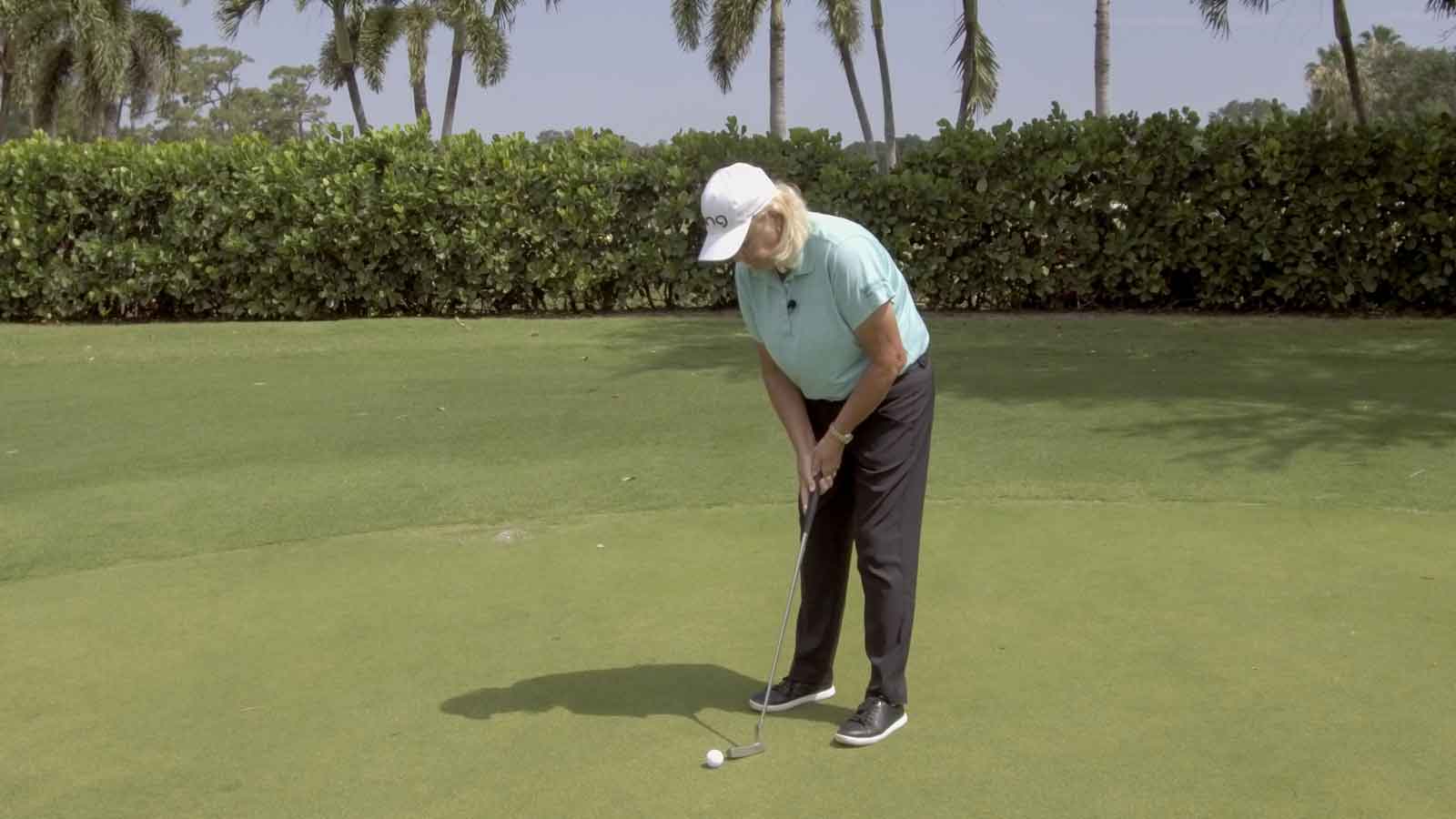How to Read the Greens in Golf to Become a Better Putter
Golf is a game of precision, and putting is one of the most crucial aspects of the game. To become a better putter, learning how to read the greens effectively is essential. Reading the greens refers to understanding the slope, speed, and grain of the putting surface, which can greatly impact your putt.
Here are some tips to help you read the greens and improve your putting:
- Observe the surroundings: Take a walk around the green and observe the surroundings. Look for any noticeable slopes, contours, or changes in elevation that could affect your putt.
- Pay attention to the grain: The grain refers to the direction in which the grass grows. It can influence the speed and break of your putt. Look for any discoloration or patterns in the grass to determine the grain direction.
- Feel the slope: Stand behind your ball and crouch down to get a better feel for the slope of the green. Use your hand to mimic the slope and assess the level of break you might encounter.
- Read the green from different angles: Walk around the green and view it from different angles to get a comprehensive understanding of its contours. This will help you identify subtle breaks that may not be apparent from your initial viewpoint.
- Consider the speed: The speed of the green can vary depending on factors such as moisture, grass type, and weather conditions. Take note of the speed during your practice strokes to adjust your putt accordingly.
Remember, reading the greens is a skill that takes time and practice to develop. By paying attention to the surroundings, analyzing the grain, feeling the slope, viewing the green from different angles, and considering the speed, you can improve your ability to read the greens and become a better putter. Happy putting!
For more great putting tips visit On the Green.
About Penny Hammel
Hammel was born in Decatur, Illinois. She won several amateur tournaments including the 1979 U.S. Girls’ Junior. In the 1979 PGA Junior Championship she finished five strokes ahead of her closest opponent. As a member of the University of Miami women’s golf team, Hammel won the 1983 NCAA Women’s Golf Championship, and her team won the title in 1984. She was a 1983-84 All-American and a member of the 1984 U.S. Curtis Cup team. In 1983, she won the Broderick Award (now the Honda Sports Award) as the nation’s best female collegiate golfer.
Hammel turned professional in 1984 and played on the Futures Tour, winning four times. She was named the Player of the Year.
Hammel joined the LPGA tour in 1985 and won the Rolex Rookie of the Year award. She eventually went on to win a total of four victories on the Tour during her career.

